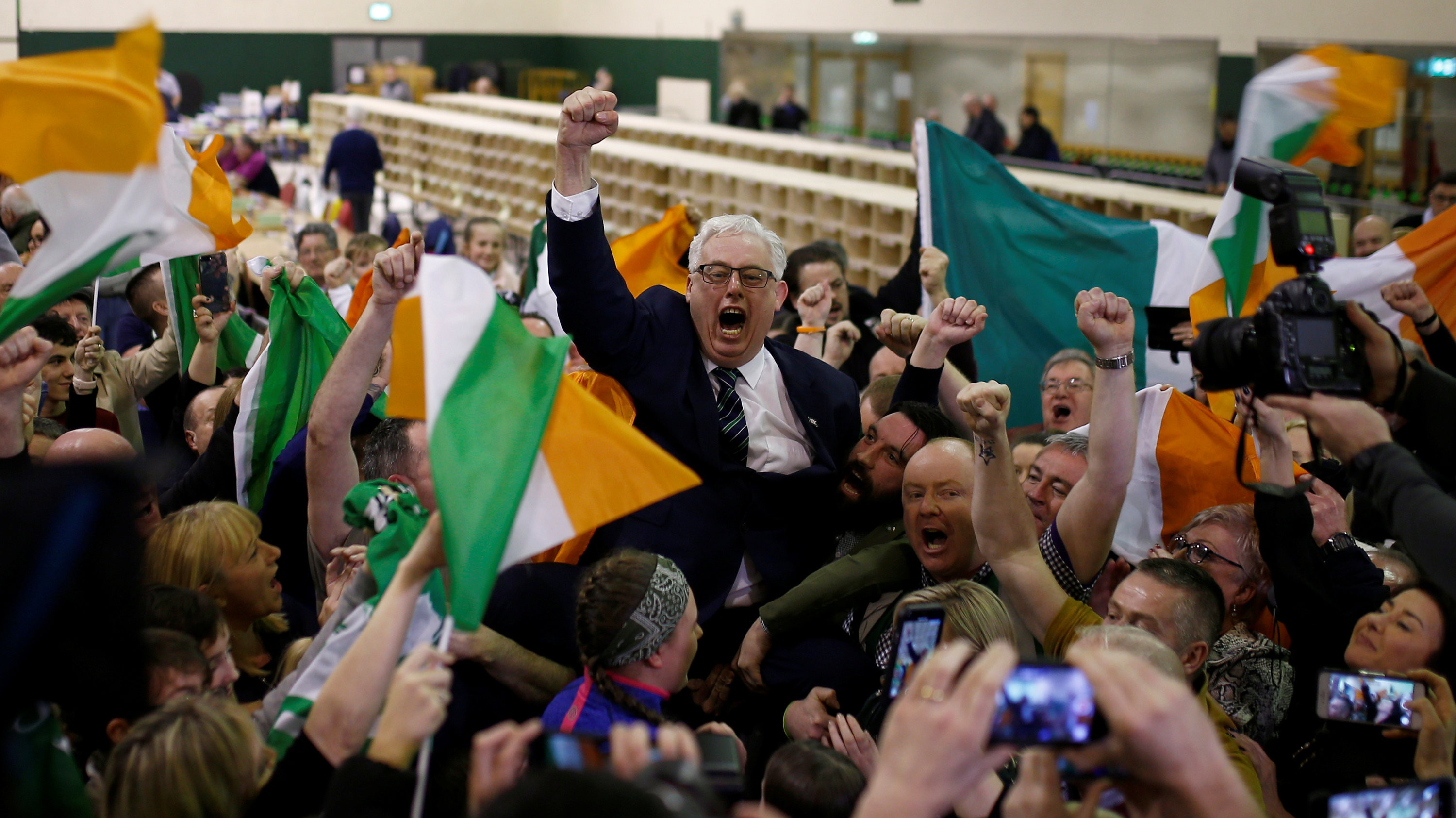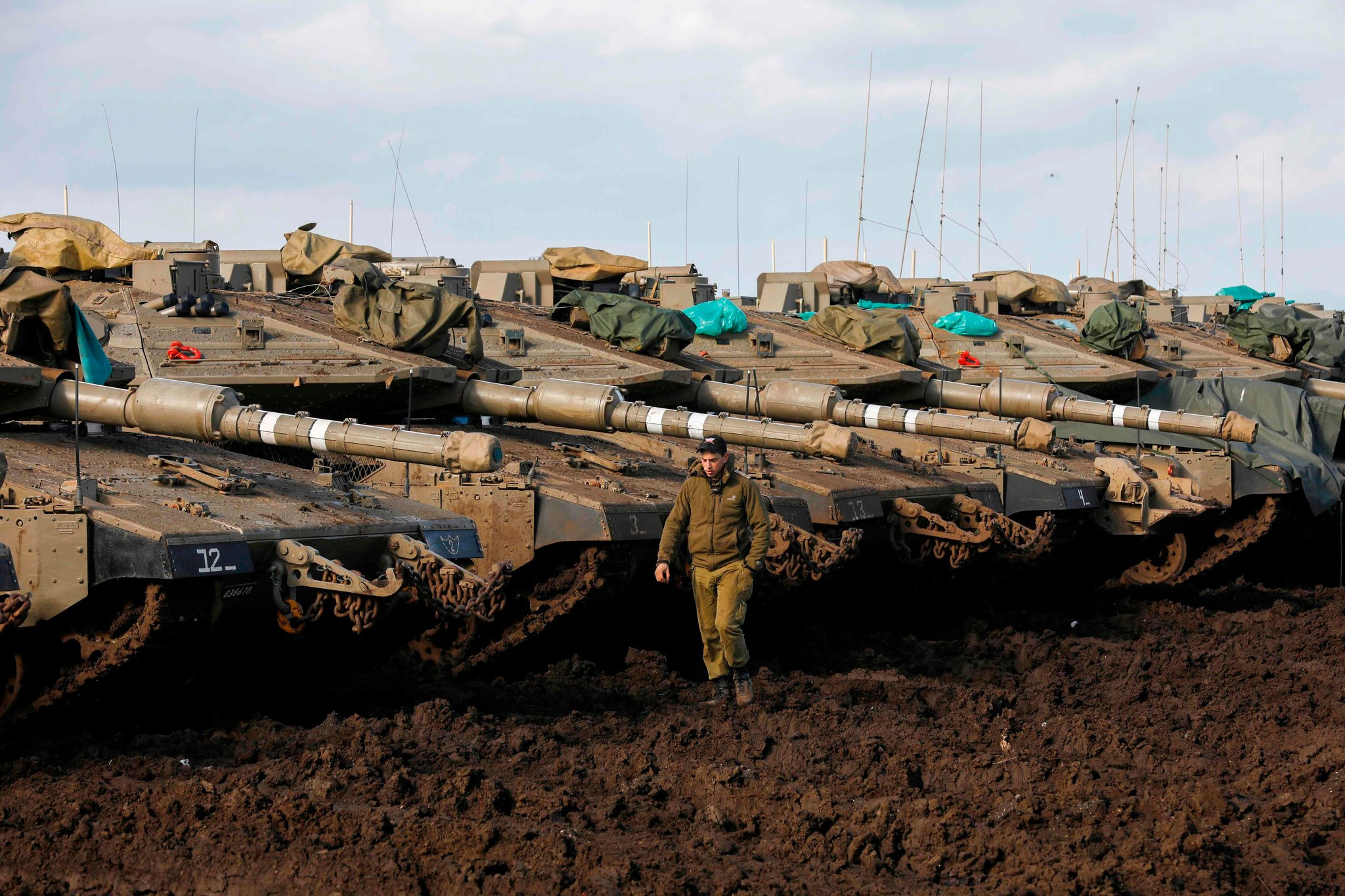Sinn Féin's Stumble: Can It Recover Before the Next Irish Election?
It’s not that long ago that a Sinn Féin-led government after the next election was seen as the most likely outcome, based on its performance in the 2020 election and a string of promising poll results.
Now, with polls showing Sinn Féin losing almost half its support in the past year and a disappointing performance at local and European level, the party’s future seems much more uncertain.
So what happened to Sinn Féin’s support? Can it regain ground, and where should it target its resources in the forthcoming campaign?
Sinn Féin has a Goldilocks problem. Its timing with the electorate is never quite right. After polling well in the lead-up to the 2019 European and local elections, The party’s vote slumped. It lost a third of its local authority seats and returned only one MEP.
At the time, the postmortems centred on the three themes: Mary Lou McDonald’s “unsure” stewardship; the party’s poor organisation at local level; and the then government’s strong performance on Brexit. McDonald accepted responsibility for the result, telling reporters: “The buck stops with me.”
Battered and bruised by the encounter, the party fielded too few candidates in the general election the following year and failed to capitalise on a large upswing in support. Despite winning the largest share of first-preference votes (24.5 per cent) and smashing the Civil War duopoly that had dominated Irish politics since the foundation of the State, it returned fewer seats than Fianna Fáil. In several constituencies the party’s first-preference vote would have been enough to carry two candidates across the line but it had only fielded one.
Despite failing to manage its vote, Sinn Féin could take heart from the fact it was now the largest party in the State and back in the driving seat. The poor performance in 2019 was dismissed as an aberration and questions about McDonald’s leadership evaporated.
Sinn Féin’s path to power was boosted when Fine Gael and Fianna Fáil entered a grand coalition, leaving it as the main opposition. Typically when the two previously dominant incumbents coalesce on one side of the political spectrum, the two-party system fractures.
With the Government on the run over housing, Sinn Féin’s trump card politically, its standing in the polls soared. By the end of 2020, eight months into the current Government’s tenure in office, Sinn Féin’s core support had risen to 29 per cent, according to an Irish Times/Ipsos opinion poll. By the end of the following year, it had increased to 35 per cent, with Fine Gael and Fianna Fáil trailing on 20 per cent each.
Support (in terms of Irish Times/Ipsos polls) hit a high of 36 per cent in July 2022. It put Sinn Féin 16 points ahead of Fine Gael. The only question was whether it could win enough seats to govern on its own or whether would it need a partner. The natural arithmetic pointed to a Sinn Féin/Fianna Fáil alliance. Speculation was rife over whether Fianna Fáil leader Micheál Martin would drop his long-standing objection to such a mash-up.
From that point, Sinn Féin’s seemingly smooth flight path into government collided head-on with immigration. The arrival of more than 100,000 Ukrainian refugees in 2022 and 2023 has changed the political climate, triggering violent protests and a spate of sinister arson attacks.
It has also shifted the zone of anti-establishment politics away from Sinn Féin, placing it partly with newly formed community action groups, some with legitimate grievances, and partly with nefarious underground groups and individuals, some with the intent of spreading disinformation and ratcheting up tensions.
International precedent tells us that the arrival of anti-immigrant politics, assuming no big policy shifts on the part of incumbents, does two things: it reduces support for the traditional left while bolstering support for parties perceived to be on the right.
The latest Irish Times/Ipsos poll appears to bear this out.
It puts Fine Gael on a resurgent 27 per cent of the vote (up four points since early summer), ahead of Sinn Féin on 20 per cent (down three) and Fianna Fáil on 19 per cent. The result is Fine Gael’s highest since June 2021, and the lowest for Sinn Féin since the 2020 general election. It was Sinn Féin’s fourth consecutive slide in the polls.
Ireland, like many other western countries, is in the grip of a backlash against immigration and Sinn Féin’s middle-ground stance on the issue is at odds with a significant portion of its traditional voter base. In response to another poor showing in the local and European elections in June (this time it fielded too many candidates), the party shifted its position on immigration, pledging to end the State’s “two-tier system” in which Ukrainians enjoy better conditions than asylum seekers from other countries.
Its new policy platform would also require an audit of local services such as health, housing, transport and education to be completed before any accommodation centre for asylum seekers is located in a community, with local people allowed to make submissions on the proposals.
There was, however, no big divergence from Government immigration policy, which has also been hardening in the face of protests, and that leaves Sinn Féin in much the same position. Pivoting further to the right to recapture traditional working-class voters angered by Government policy on immigration could alienate newer, younger middle-class voters, who see Sinn Féin as an answer to their housing woes.
Hence the party finds itself in an awkward bind on immigration and on the eve of what was meant to be its breakthrough election.
The Political Center: A Battleground For Sinn Féin's Future
The other challenge facing Sinn Féin, as outlined in the Inside Politics podcast, is the shift of their traditional base away from the party. Theresa Reidy points out that these voters have either moved towards the extreme right or back to the government, which is currently awash in cash. This shift towards a right-wing sentiment demonstrates a significant change in voter behavior, especially in light of the ongoing housing crisis and the influx of refugees.
This trend is also evident in France, where the right and former leftist areas are merging. This creates a situation where Labour and Social Democrats struggle to regain voters who are now drawn to right-wing politics. In the Irish context, this implies that Sinn Féin, once seen as the beacon of hope for those disillusioned by the traditional parties, is now facing the challenge of appealing to voters who are increasingly attracted to a more extreme right-wing discourse.
The Rise of Anti-Establishment Politics and Sinn Féin's Dilemma
The rise of anti-establishment politics is another significant factor affecting Sinn Féin's fortunes. While the party has traditionally benefited from this sentiment, its position is now being challenged by the emergence of new community action groups. These groups, fueled by grievances against the government's immigration policies, are tapping into a pool of anger and frustration that was previously directed towards Sinn Féin.
This shift in the political landscape presents Sinn Féin with a difficult dilemma. It needs to appeal to its traditional base, many of whom are disillusioned with the government's immigration policies. At the same time, it cannot alienate its newer, younger, middle-class supporters who see the party as a beacon of hope for a better future. The party's attempt to navigate this delicate balance is crucial for its survival and success.
The End of the 'Pre-Fab' Politics?
The Inside Politics podcast also delves into the need for Sinn Féin to adopt a more dynamic approach to policymaking. While the party has traditionally relied on prefabricated arguments, the changing political landscape necessitates a more nuanced and responsive approach. This involves aligning policies with the specific needs of communities and moving away from the polarizing rhetoric that has characterized the party's past.
Sinn Féin's inability to adapt its strategy and address the complexities of the present political climate could ultimately cost it dearly. The party's future hinges on its ability to shed its rigid approach and embrace a more flexible and responsive strategy that acknowledges the diverse needs and anxieties of the Irish electorate.
The Future of Sinn Féin: A Crossroads
The future of Sinn Féin is uncertain. The party’s recent decline in support, coupled with the changing political landscape, poses significant challenges. However, it’s important to remember that Sinn Féin has overcome obstacles in the past. Its success in the 2020 election, despite a poor showing in the local and European elections, demonstrates its resilience. The party still has strong national spokespeople who command media attention. It is possible that Sinn Féin can still recover and become a significant force in Irish politics. But it will require a complete overhaul of its strategy and a renewed commitment to understanding the needs of the Irish electorate.

















